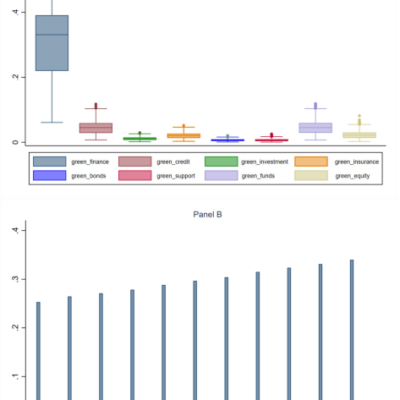Bhadresh Patel is Chief Operating Officer of global professional services firm RGP.
As a COO who has worked at global firms, led transformations for large enterprises and built and scaled a digital transformation startup, I’ve seen how technology can reshape processes, elevate user experiences and reinvent entire business models. That perspective shapes how I view finance today. What some call “Finance 4.0” isn’t a vision of the future; it’s the operating model of the present.
The Shift To ‘What’s Next?’
Finance is a force for the future. By leveraging insights and predictive trends, it drives visibility, insights and the tools to orchestrate agility and growth at scale.
This revolution is powered by connected data. Cloud-native enterprise resource planning (ERP) systems are tearing down silos and linking financials with HR, supply chain, sales, marketing and operations. The result is a live, connected picture of enterprise health.
I’ve seen predictive analytics and machine learning run hundreds of simulations in minutes—whether it’s modeling the impact of a 15% spike in raw materials or a delayed product launch in Asia threatening EBITDA. Finance has shifted from reacting to preempting, from answering “What happened?” to asking “What’s next?”
And this isn’t just theory. In our survey (registration required) of over 200 finance leaders—including 63 CFOs from $500-million-plus companies—we found that while 69% feel positive about their current financial health and 60% are confident in the year ahead, nearly all (94%) are actively preparing for disruption. They’re stress-testing supply chains, rethinking vendor strategies and building new models for resilience, evidence that the shift is already underway.
I’ve led enough digital programs to know that automation begins as an efficiency play. But in finance, it quickly becomes intelligent.
Routine reconciliations, journal entries and audit trails are now automated, freeing finance teams to focus on strategy. Generative AI is already drafting tax disclosures, classifying compliance data and analyzing variances in quarterly results. The credibility of finance comes from piloting these tools in its own workflows first, proving their value before scaling them enterprise-wide. That makes finance a natural incubator of innovation.
As a startup, capital allocation was often a bet-the-company decision. What I see now in larger enterprises is finance reshaping innovation itself—through stage-gated funding that allocates capital dynamically, scaling winners and cutting underperformers early.
Scenario planning, once a quarterly exercise, now guides bold bets in real time. And when new initiatives succeed, finance rewires incentives and key performance indicators (KPIs) to hardwire growth into the operating model.
The New Mandate For Finance Leaders
Finance today is more about strategic transformation than just process transformation. The competitive advantage now lies in how intelligently, quickly and confidently an organization can act. I believe that requires finance to embrace a new mandate:
• Continuous Intelligence, Not Cyclical Planning: Rolling forecasts and real-time analytics should replace outdated annual cycles.
• Digital Dexterity As Table Stakes: Tomorrow’s finance leaders don’t just manage balance sheets; they should be fluent in AI, automation and advanced analytics.
• Collaboration As A Leadership Model: Finance must be embedded into product, supply chain and go-to-market teams as a co-pilot of execution.
• Resilience As A Strategy: From geopolitical shocks to climate disruption, finance is uniquely positioned to model uncertainty and build shock absorbers into the enterprise.
Today, I believe the companies that empower finance to lead in this way will survive disruption and define the next era of advantage.
Forbes Technology Council is an invitation-only community for world-class CIOs, CTOs and technology executives. Do I qualify?






